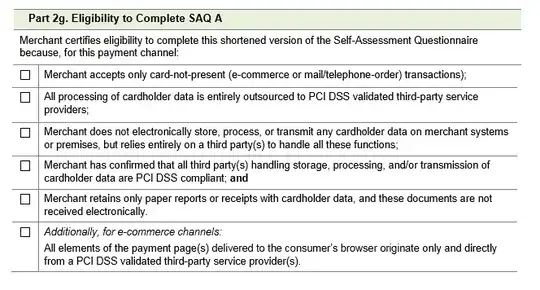How do I acquire the means to prove in the future that I had possission of a file now, without relying on the integrity of a single entity? (I believe one way of doing it would be to put the file through SHA1, and send a minimal amount of Ether (0.001) to the resulting Ethereum address (both SHA1 hashes and Ethereum addresses being 40 hexadecimals). But perhaps there are cheaper and more secure ways of doing it? Would this sort of proof be practical in a court of law? (I suppose a ``computer expert'' would have to testify.) I see time-stamping services being mentioned; but these seem to have 2 problems I'd like to avoid: (1) they require trust in a single entity; (2) they only work as long as the service is maintained.)
(This post has been edited after some of the answers and comments were made.)
